Your cart is currently empty!
Rootless Trees Will Fall
A brief history of Skåne and other short stories
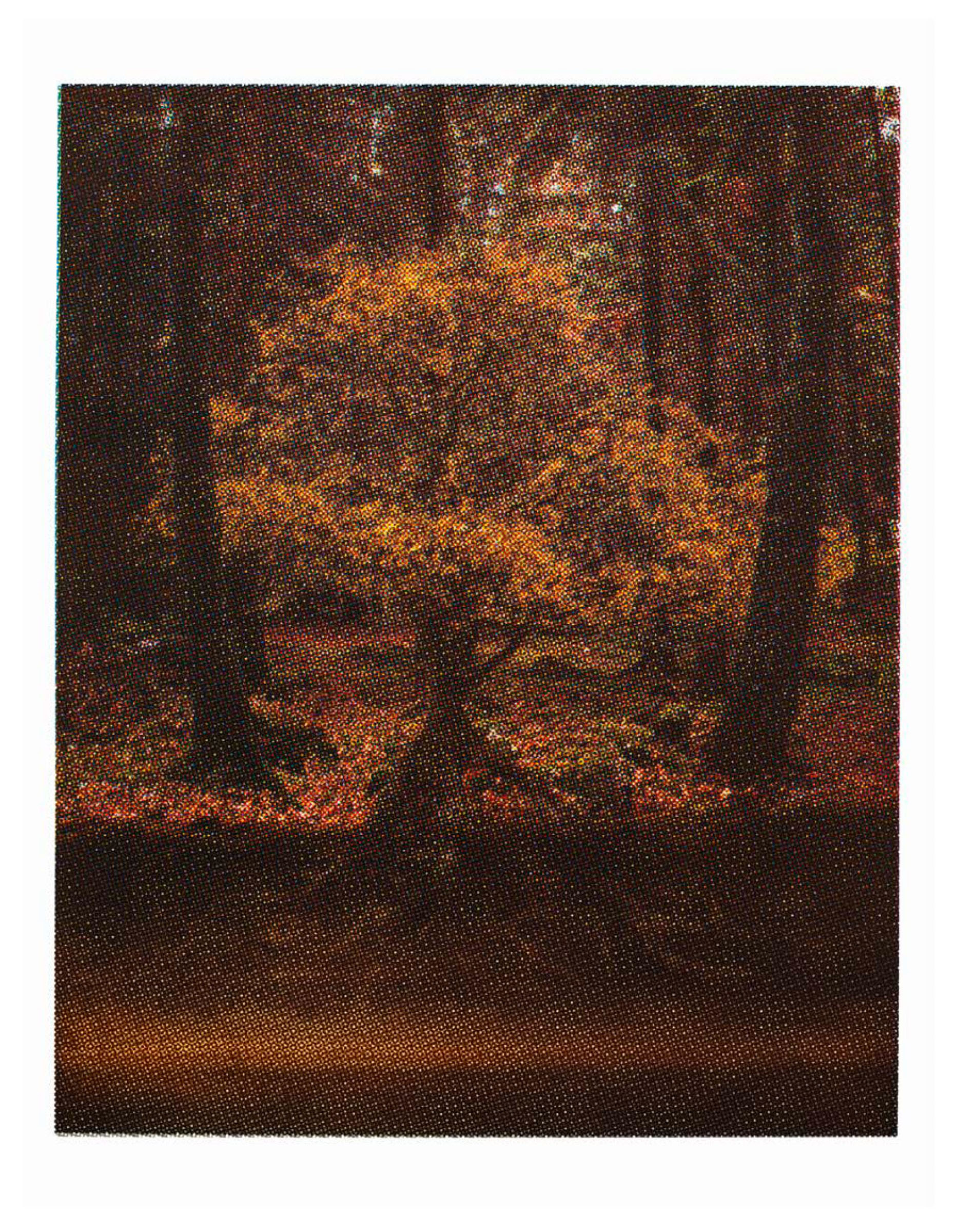
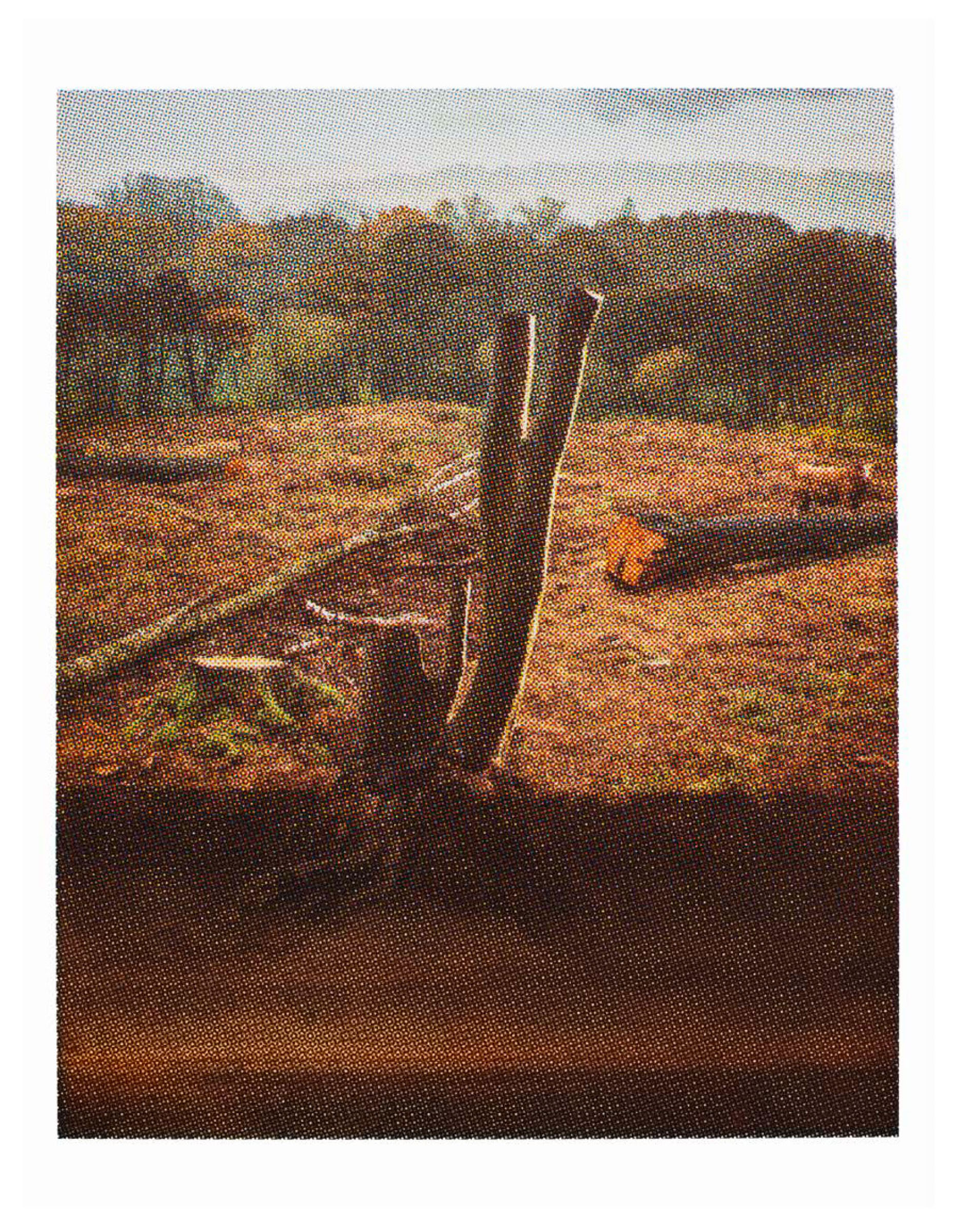
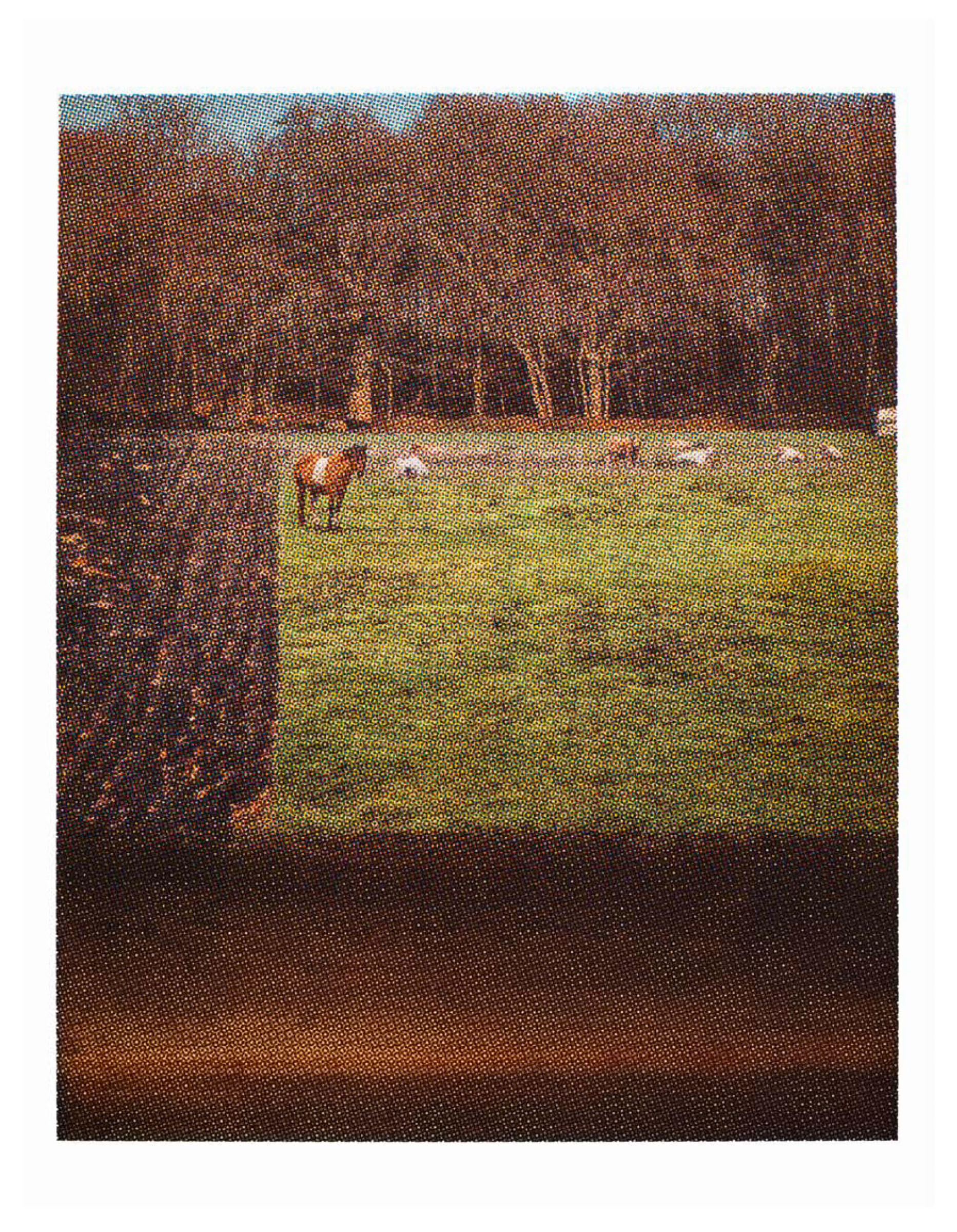
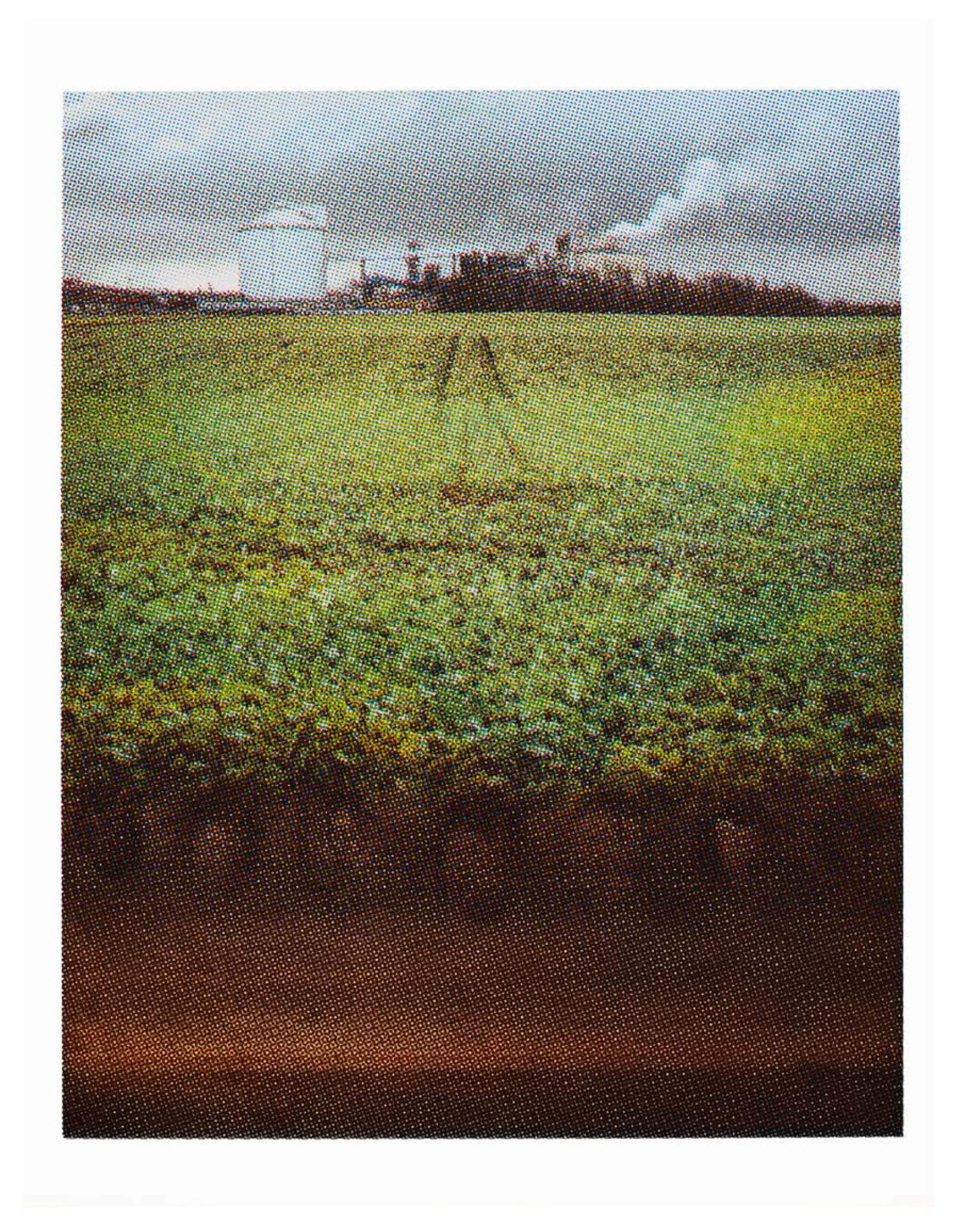
The short stories created in this body of work are an exploration of what happens within the landscape. Landscapes, either in the experience of walking, or in the form of painting and photography, have always fascinated me. In many ways they show how we as a society see and use the world.
The main story in this body of work are the four photographs here above. Representing various moments in history. After creating these four photographs, the images have been Bitmapped, printed on a Riso Printer.
These stories are created as part of a one-month Artist-in-Residence in Harlösa, Sweden. As part of the project Art Ecology and Science I had been asked to reflect on How can the Arts describe the very search for a greater understanding through the science of details?
During this residency a few things came together. The surrounding area of Harlösa, with its history of barley, sugar, horses and hay; and how the area was shaped through land consolidations. Together with the archeological findings in this area, and the research done at MaxIV laboratory led to an idea on sustainability, circularity and meandering flow. Which in turn opened up the research question how can a photographic approach give a new perspective on the Skåne landscape?
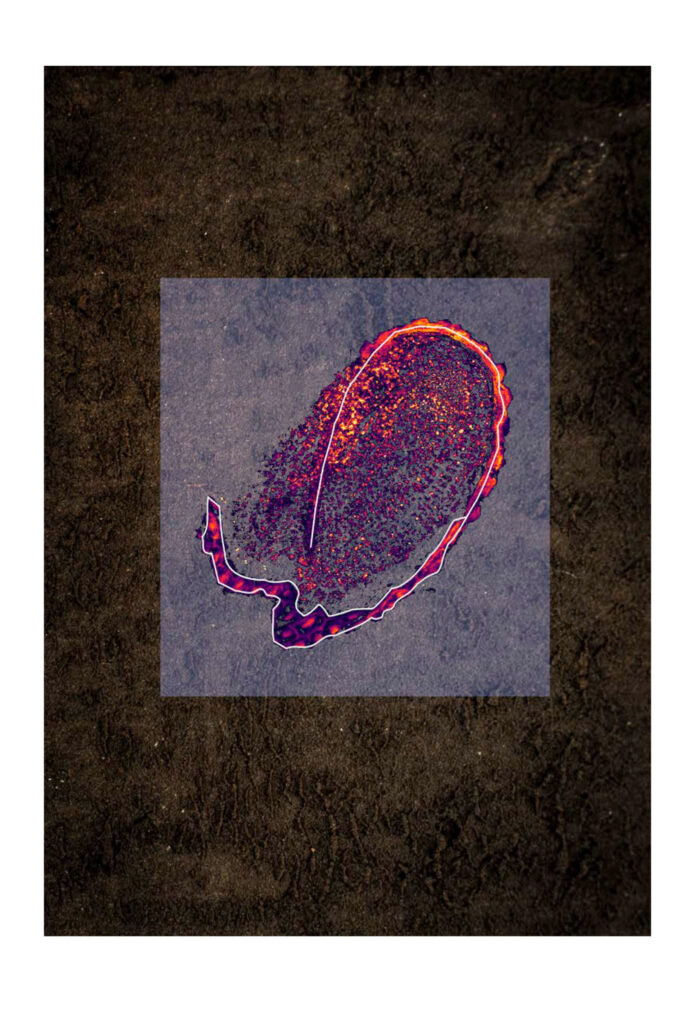
Seeds
It all started with seeds.
These seeds are researched
at MaxIV Laboratory in
order to see if they can be
modified to absorb more
zinc and less cadmium.
Because in essence zinc
is good for you, and
cadmium is not.
Soil
So if you look at seeds, how
does soil effect the seeds?
Where is the Zinc? Where
is the Cadmium?
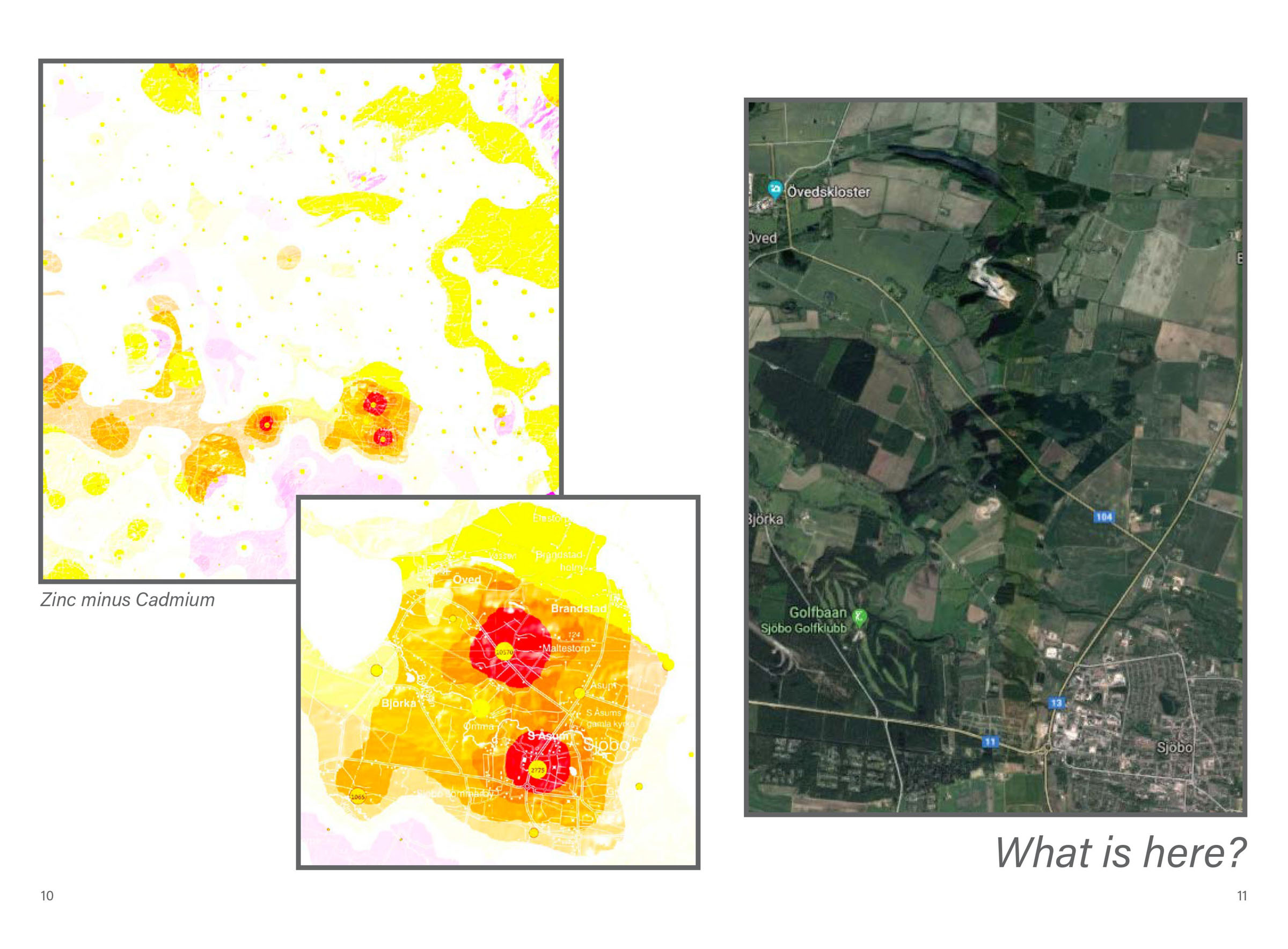
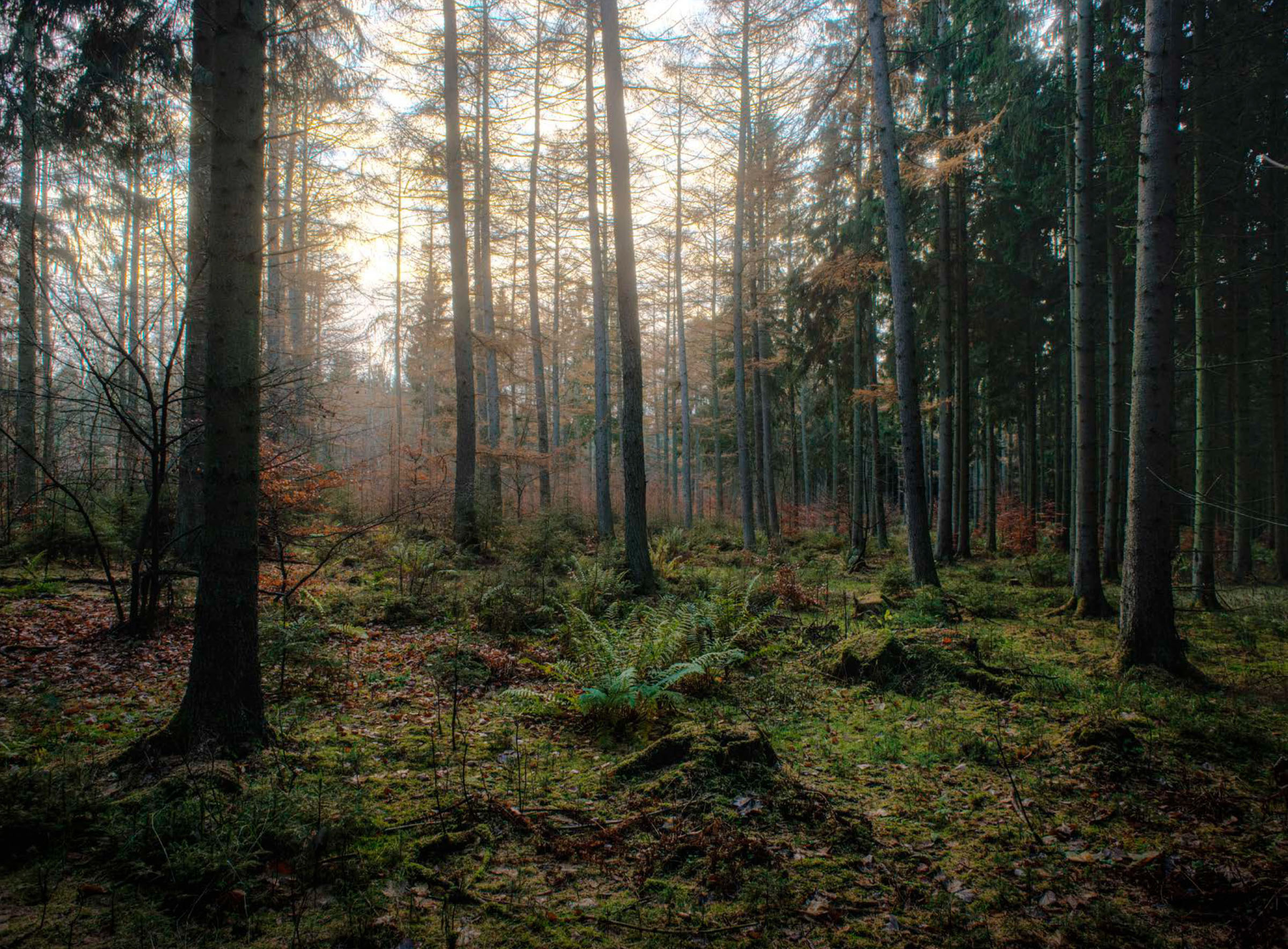
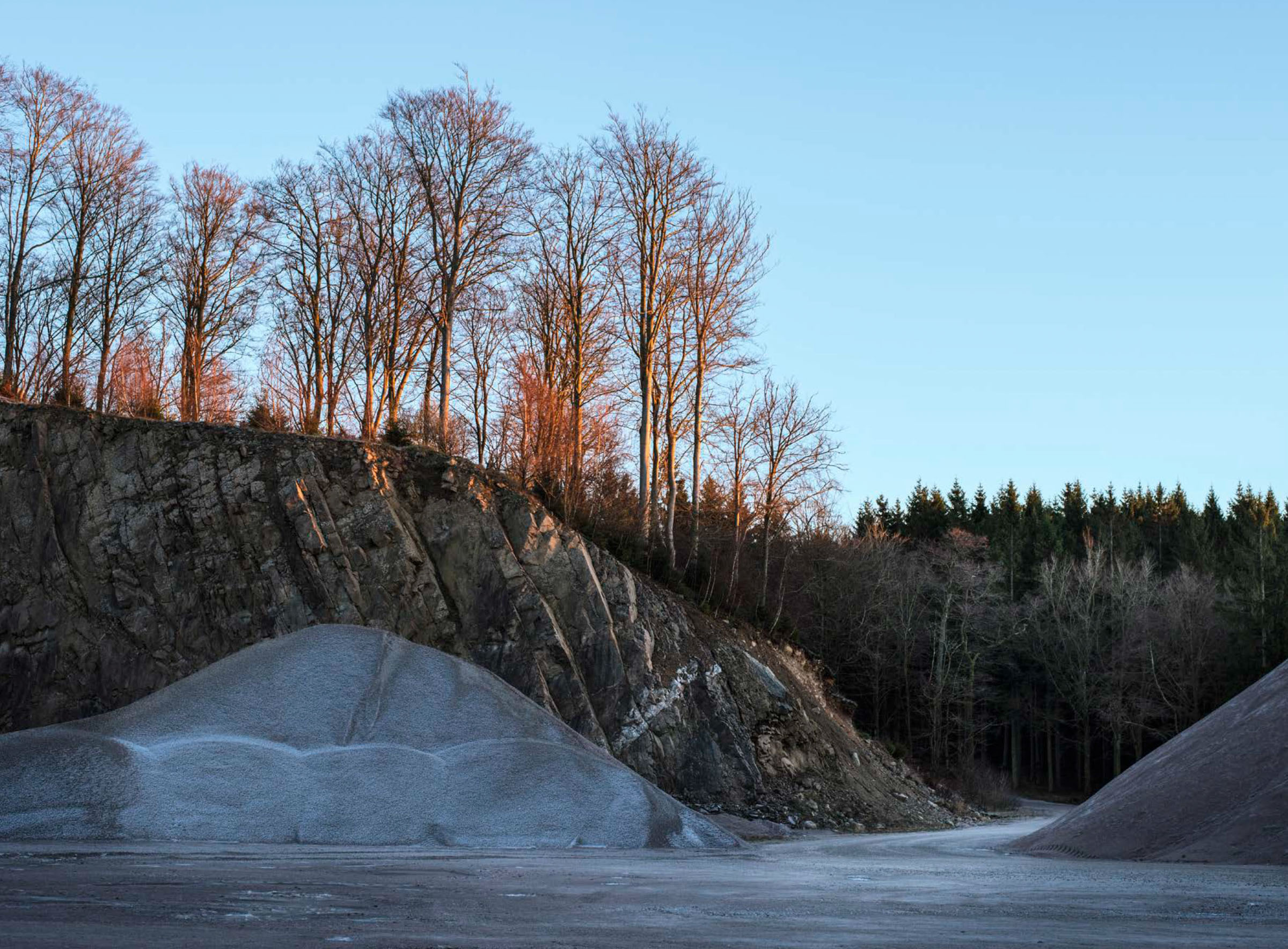
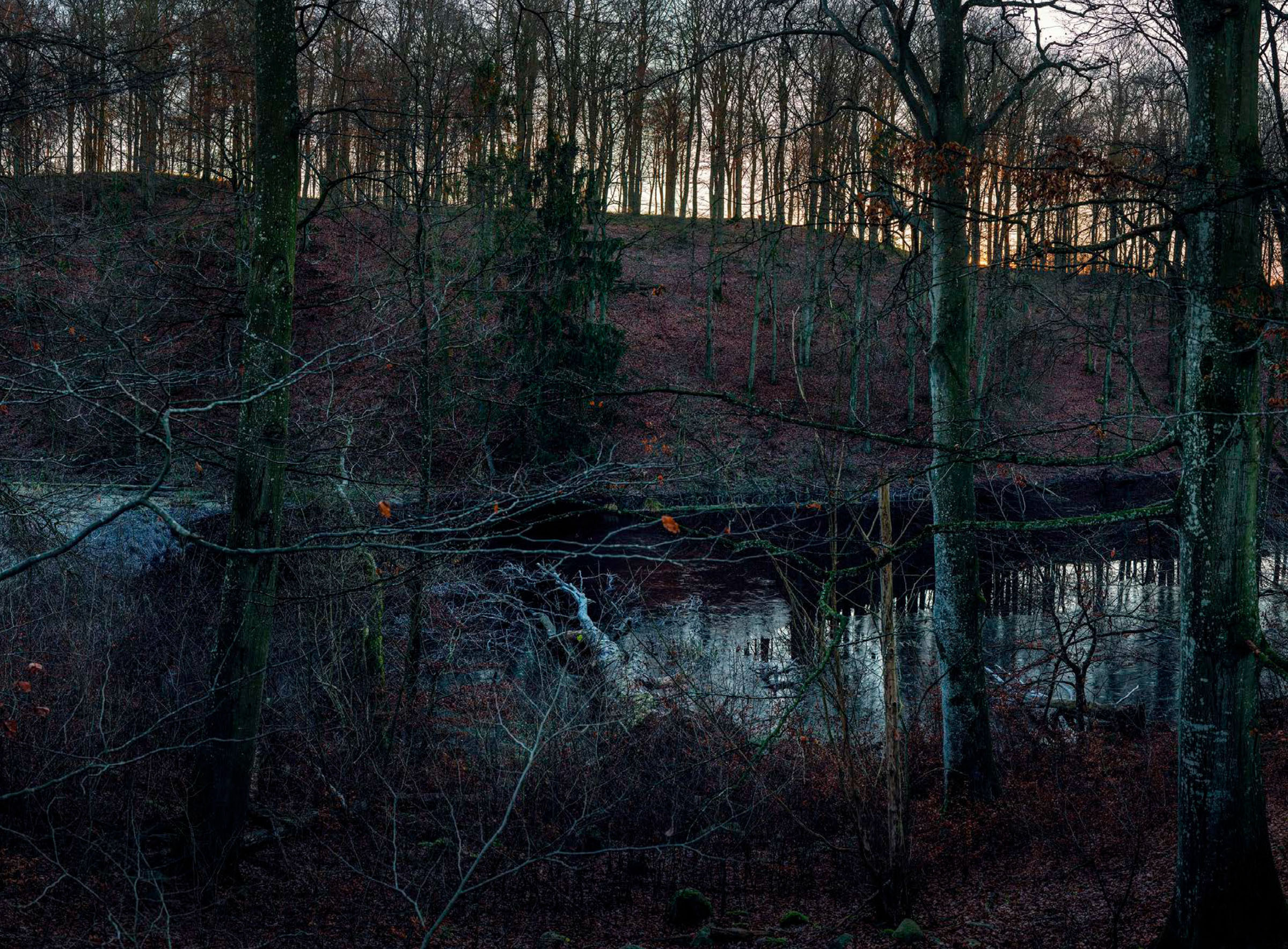
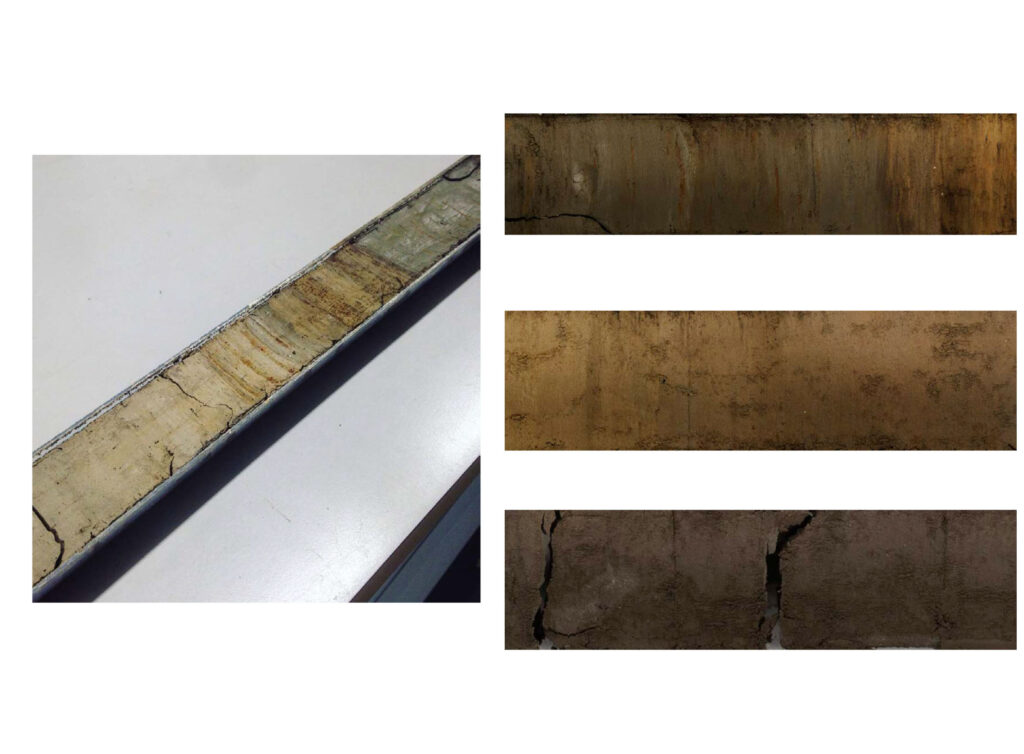
Soil Again
Anna Broström is a paleoecologist and archeologist; she studied the soil and several excavation sites in and near the Avian Kingdom. The past thousands of years there has been a lot of farming in the area of Skåne. However, that was not always the case.
Roughly 9.000 years ago the vast majority of the land was Tundra Borealis.
In the map of 1935, all land is enclosed through land
consolidations. The farms number a few, and are not centered around the church, to be the main part of the village. Now they are streched along a line through the land.
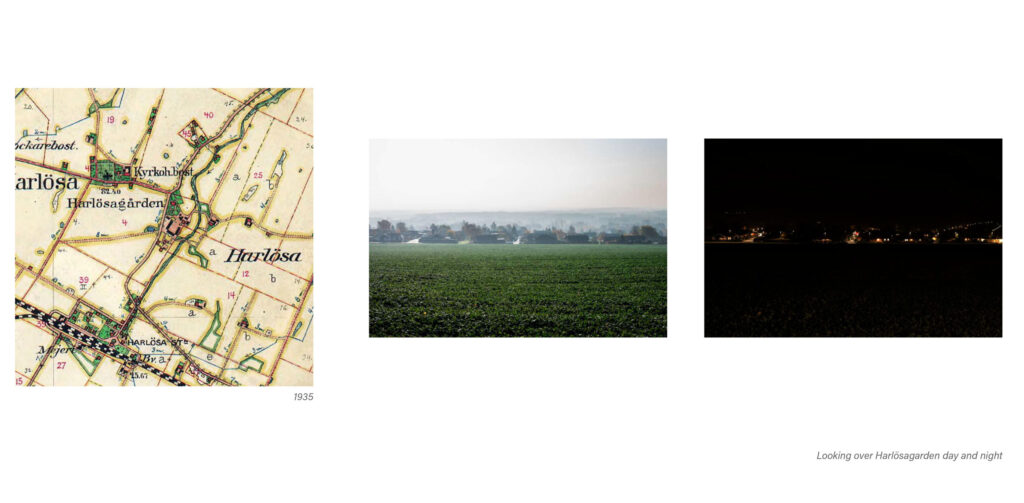
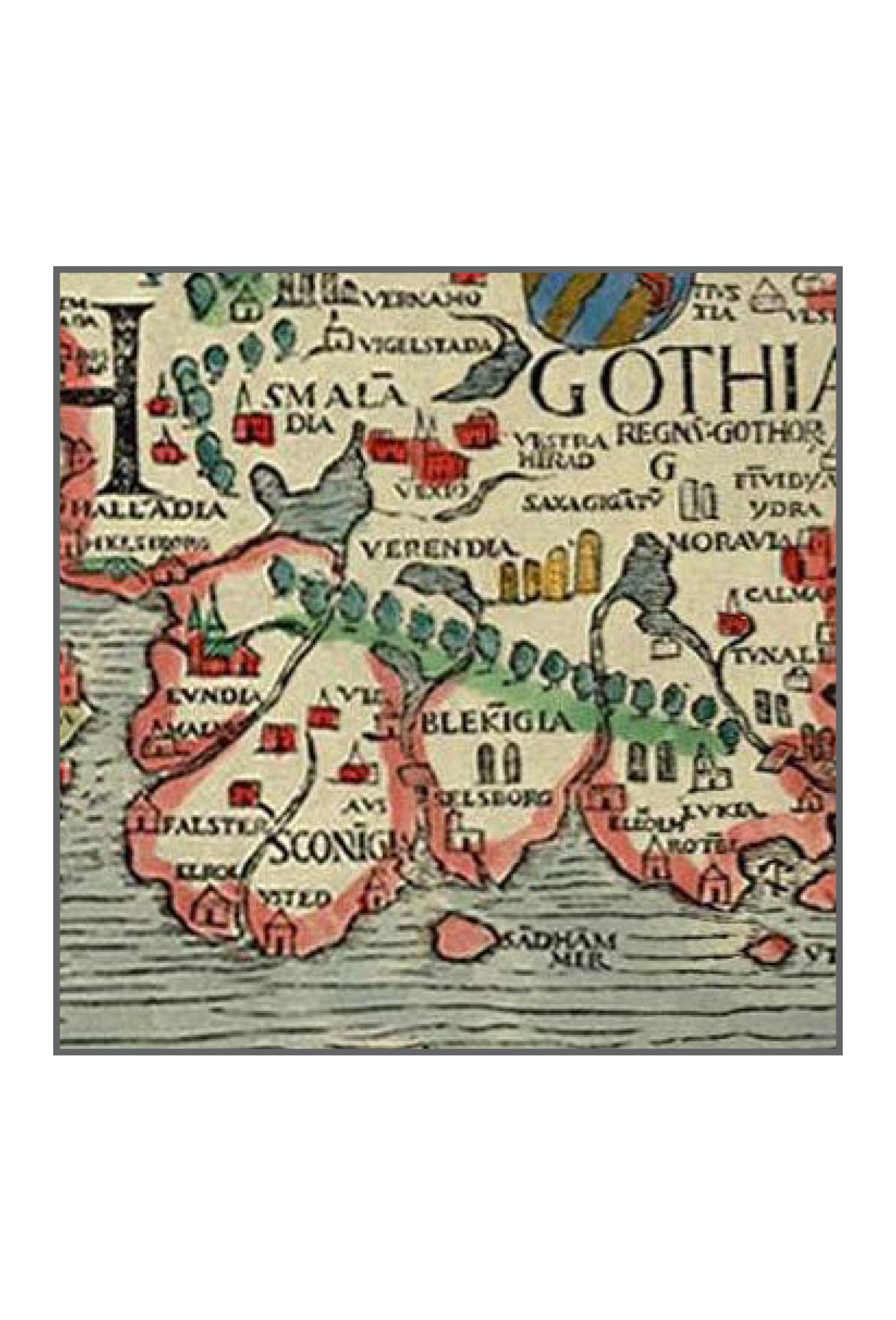
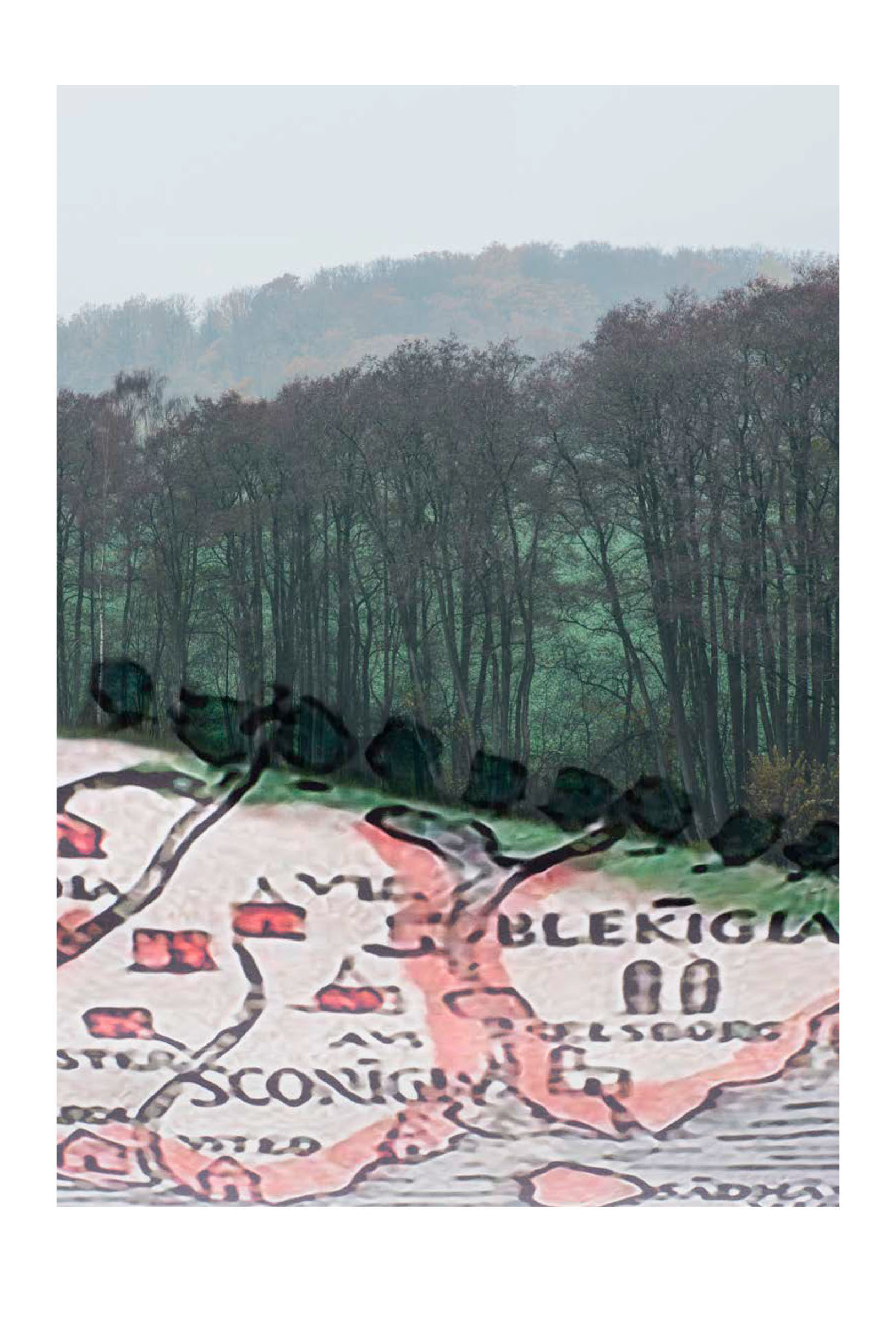
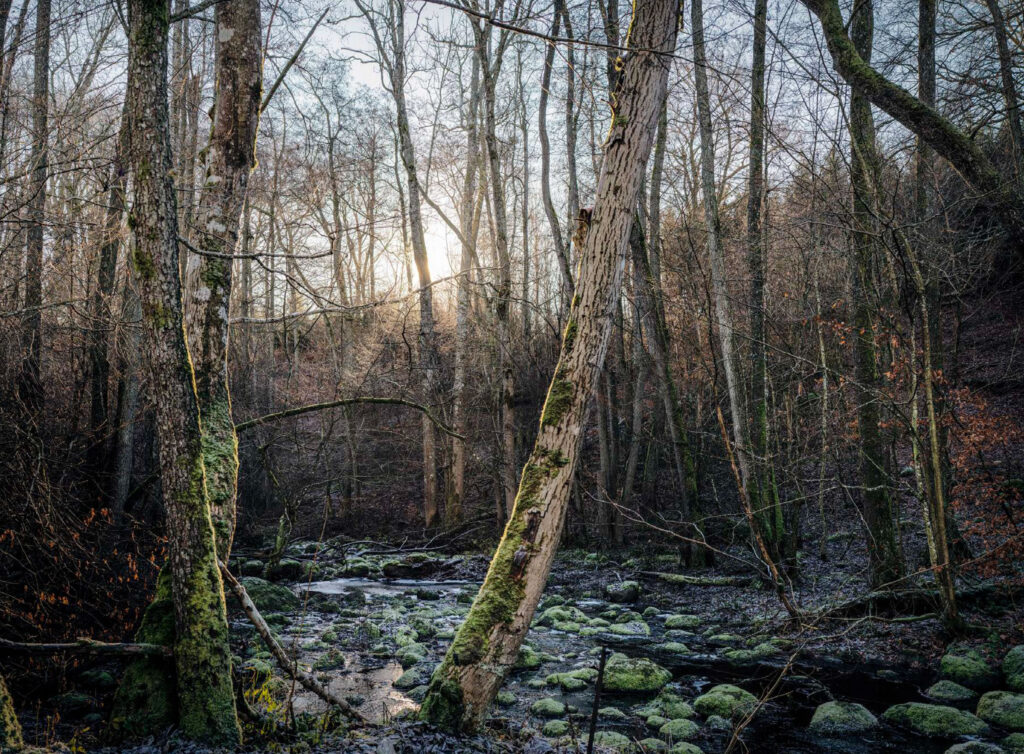
The Battle of Borst on March 25th 1644.
The cruelties of war hit Harlösa.
By the Borstbäcken, a small creek a
few kilometers to the east of Harlösa,
500 farmers tried to defend themselves
against a seasoned Swedish cavalry unit.
The battle ended bad for the defenders
who were killed to the last man.